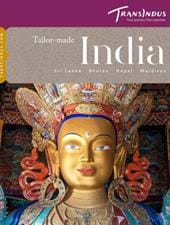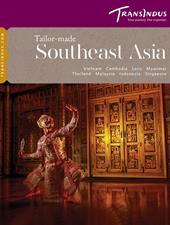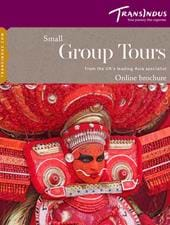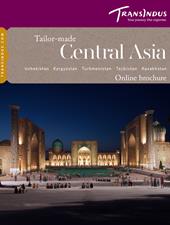Flanked by hills to the north and south, Assam encompasses the mostly flat, low-lying Brahmaputra Valley. As the site of two revered Hindu temples, its rapidly swelling capital, Guwahati, is a major pilgrimage destination, and also the hub of the region’s tea tourism. For foreigners, however, wildlife and wilderness are the two prime incentives to travel here, and the best way of experiencing both are on a river cruise.
A sparse world of sand bars and vast, glassy expanses of water, the bed of the Brahmaputra is between 12 and 18 miles wide in some parts of Assam. Cruises on luxury, double-decker steamers give direct access to the state’s two world-renowned national parks.
Famous for its population of one-horned Indian rhinos, Kaziranga is one of the few places in India you can go on safaris by elephant back, which increases the chances of spotting tigers. West of the capital, Manas, a reserve on the Bhutan border, offers more varied terrain and a much wilder feel.
Culture takes centre stage as you press northwards up the higher reaches of the river. At Majuli Island, visitors can attend mesmeric dance dramas performed by white-turbanned Hindu monks in monasteries set amid a bucolic landscape of rice fields. Established in 15th century, the 22 Vaishnavite monasteries, or Sattras, on Majuli are repositories of devotional art forms unique in India.








